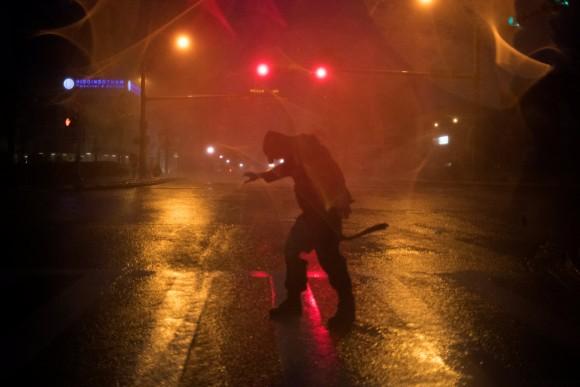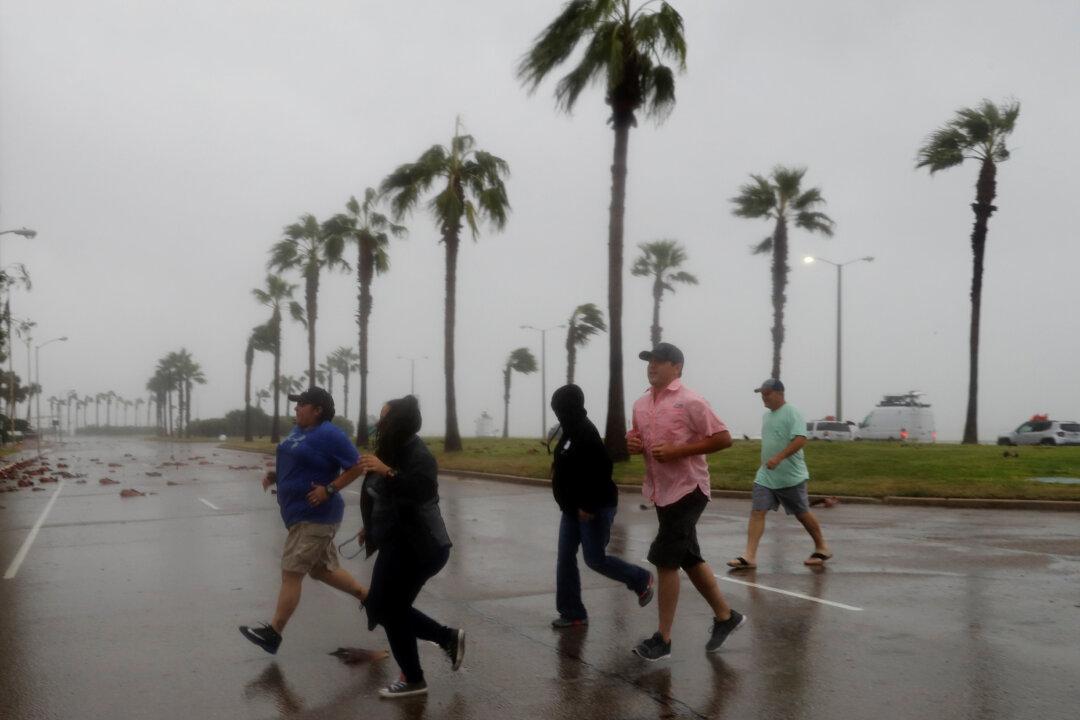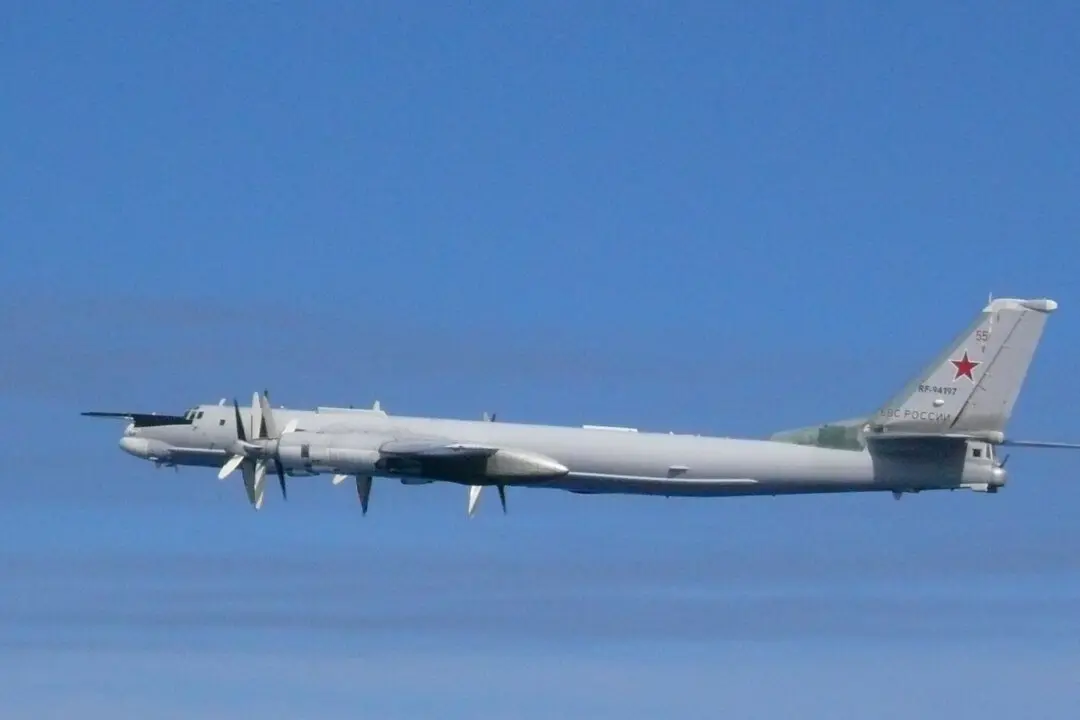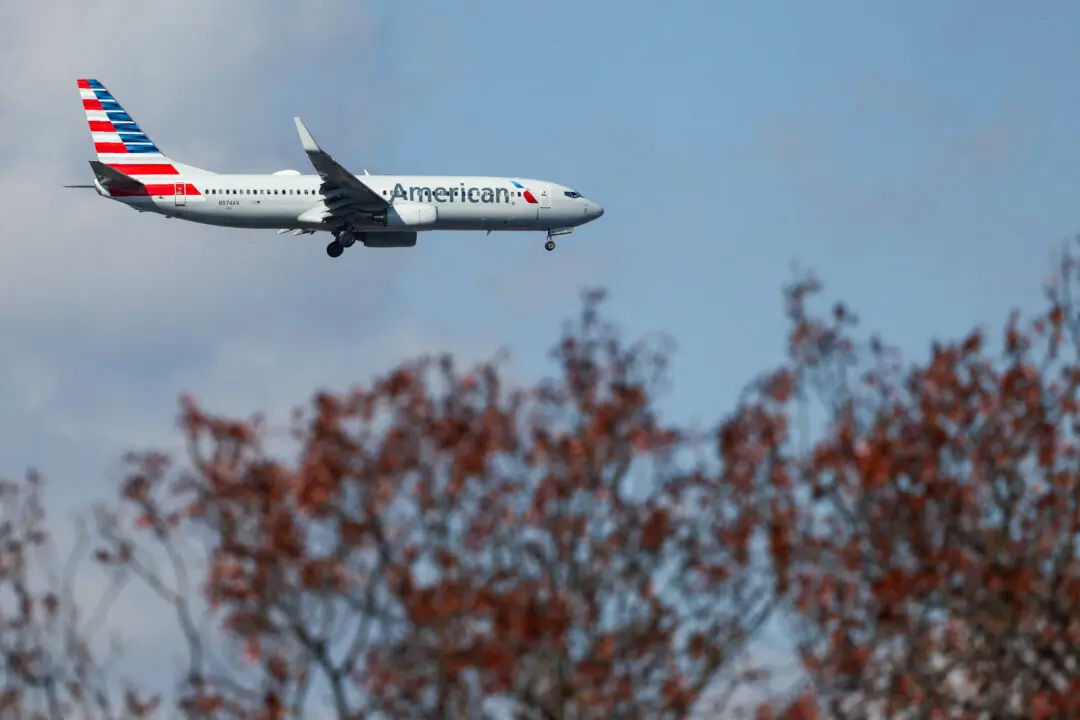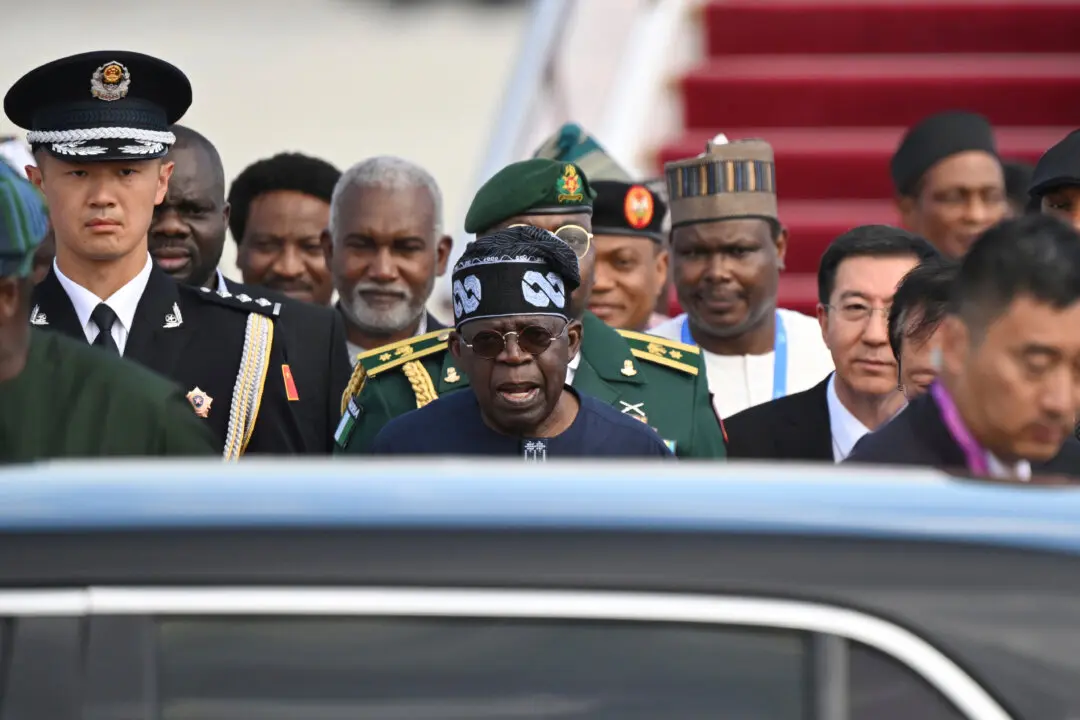CORPUS CHRISTI, Texas—Hurricane Harvey moved slowly but powerfully across Texas on Saturday, downgraded to a Category 2 storm, but only after hammering the coast with life-threatening winds and the prospect of catastrophic flooding.
The hurricane, initially a Category 4 and the most powerful storm in over a decade to hit the mainland United States, made a first landfall northeast of Corpus Christi, Texas, around late on Friday with maximum winds of 130 miles per hour (209 km per hour).
In a sign of its lumbering movement, it then made a second landfall nearby three hours later.
Harvey was downgraded to a Category 2 hurricane by the National Hurricane Center early on Saturday as it moved slowly over parts of Texas at about 6 mph (10 km per hour).
